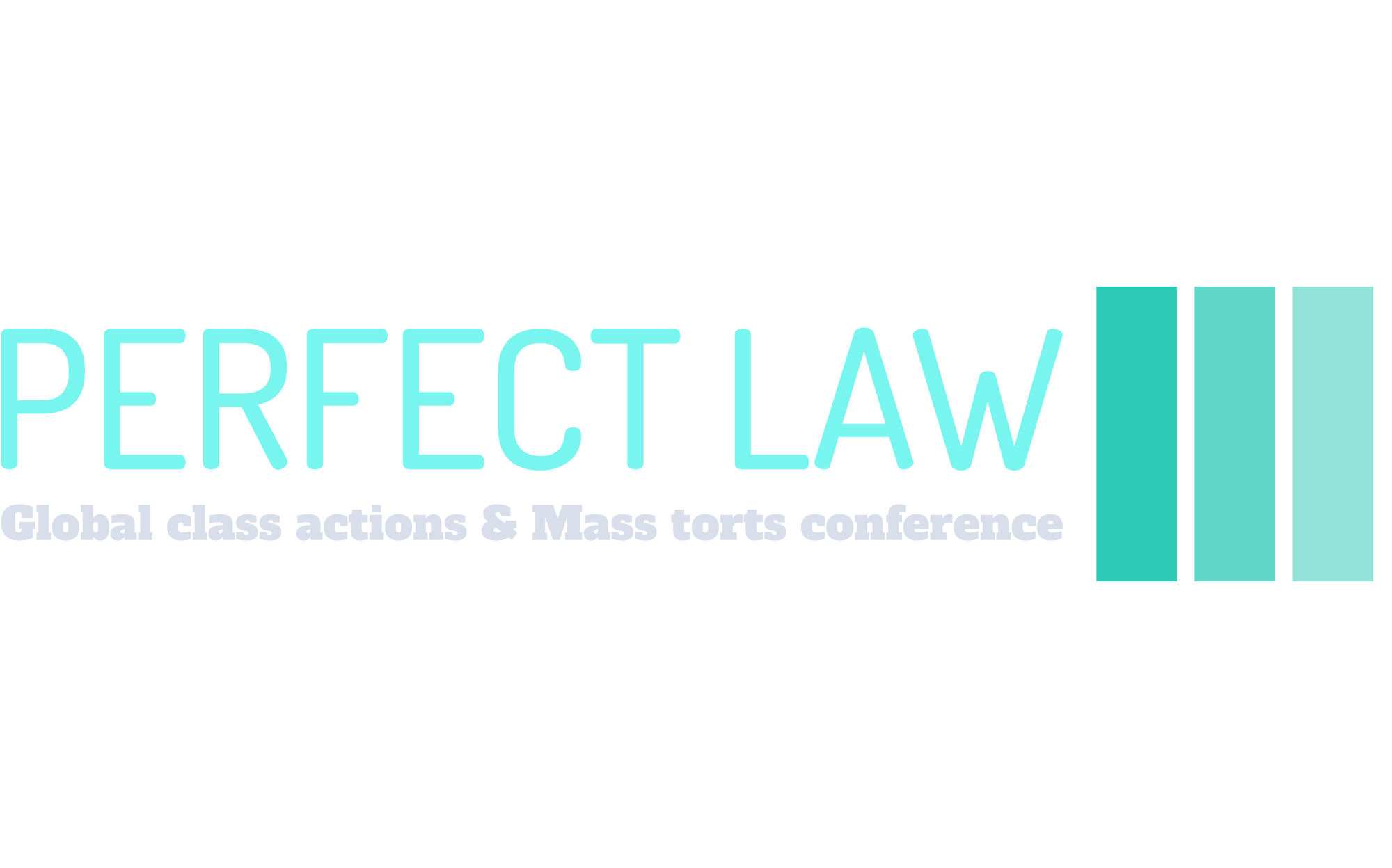Swiss law currently recognizes only a few instruments providing for collective redress, which are considered to be either inadequate or incapable for the efficient and effective assertion of dispersed or mass harm damages claims. The Swiss Federal Council has recognized this problem and issued a draft for a revision of the Swiss Civil Procedure Code, proposing new instruments for collective redress. However, the legislator has reacted hesitantly towards strengthening collective redress instruments. Whether and when the reform proposal will be enacted remains to be seen.
Existing instruments for collective redress in Switzerland
The Swiss legislator, as well as doctrine and practice, have so far shown great reluctance towards any form of collective redress. Thus, when the Swiss Civil Procedure Code (CPC) of December 19, 2008 was created, the Swiss legislator refrained from installing instruments which provide for effective redress in dispersed or mass harm situations. In particular, the introduction of a U.S.-style class action was expressly rejected. It was the legislator’s intention that collective redress was to be achieved primarily with the traditional instruments for coordinating multiple claims,[1] namely with the combination of claims (“Klagenhäufung”)[2] and the group action (“Verbandsklage”).[3]
With regards to the combination of claims, Swiss law distinguishes between a subjective and an objective type. The subjective combination of claims – also referred to as voluntary joinder – is the joint appearance as plaintiffs or defendants of two or more persons whose rights and duties result from similar circumstances or legal grounds. Each party may proceed independently and is not bound by any actions of other parties involved. The objective combination of claims is a lawsuit where one single plaintiff asserts several independent claims against the same defendant in a single action. This instrument allows the bundling of claims on the level of substantive law, involving the assignment of claimholders’ claims to a claims vehicle, which pursues the combined claims in one proceeding in its own name.
With a group action, associations or other organizations of national or regional importance which are authorized by their articles of association to protect the interests of a certain group of individuals may bring an action in their own name for a violation of the personality of the members of such group. The plaintiff of a group action may only request the prohibition of an imminent violation, to put an end to an ongoing violation or to establish the unlawfulness of a violation if the latter continues to have a disturbing effect. However, any sort of financial remedy, e.g. pursuing damages, satisfaction or handing over profits, is excluded from the group action’s scope of application.[4] What is more, the group action has no legal effect in favor of or against the individual members of the group of persons. But a judgement ruling upon a group action may have a de facto reflex effect, e.g. allowing persons of the group to benefit from a declaratory judgment as a precedence. To obtain a financial remedy, the individual members must bring an action on their own.[5]
Sentiment towards collective redress in Switzerland
In the past few years, the developments regarding collective redress in several other jurisdictions, particularly the policy debates within the European Union, have also been noted in Switzerland. The Federal Council, thus, initiated an examination about the question whether further instruments for collective redress on a procedural level should be implemented. In its report from July 3, 2013, the Federal Council presented its assessment.[6] The report finds that the existing Swiss instruments are either inadequate or incapable for the efficient and effective assertion of dispersed or mass harm damages. This means that there is a gap in Swiss law when it comes to collective redress, which denies many injured parties access to courts. In particular, the existing group action is considered insufficient due to its limited scope of application, which does not cover financial remedies. Eventually, the Federal Council held that the instruments for collective redress that are implemented in other European jurisdictions, expressly referring to the Netherlands, have proven themselves in practice and would also be compatible with Swiss law.
In the meantime, the Federal Council also got requested by the legislator to make proposals that could improve the situation of parties affected by dispersed or mass harm. During the consultation process initiated by the Federal Council, various stakeholders including political parties, cantons, and associations had the opportunity to provide feedback. After the preliminary draft turned out to be contentious in the consultation process, the Federal Council further adjusted its proposals and submitted a revised draft[7] in December 2021.[8] The revised draft provides adjustments of existing and the implementation of new instruments to parliament for deliberation. These instruments will be addressed in the following.
Instruments to be discussed in parliament
First, the draft provides for a revamp of the group action (Art. 89 draft-CPC) to extend its scope beyond the infringement of personality rights. Instead, group actions should be available for all violations of civil law rights. The requirements to bring a group action should also change. Associations or other organizations may bring an action for the violation of rights from a group’s members in their own name if it
- is a non-profit organization,
- has existed for least of twelve months,
- has authority in its articles of association to protects the group member’s interests, and
- is independent from the defendants.
As under current law, associations or other organizations may request the prohibition of an imminent violation, to put an end to an ongoing violation, or to establish the unlawful character of a violation. The declaratory judgment does not require special interests anymore. Additionally, it should be possible for a court to order a judgment’s publication or communication to third parties.
Second, the group action should be opened up for the pursuit of financial remedies (Art. 307b et seqq. draft-CPC), allowing collective redress for dispersed and mass harm damages. In this new group action, a plaintiff, which may be an association or another organization, pursues compensation in its own name and risk, if
- it is allowed to bring a group action under Art. 89 draft-CPC or under other special law regimes,
- it is authorized by at least 10 persons in writing to conduct the proceedings (opt in), and
- the asserted claims are based on similar facts or legal grounds.
Before bringing a group action for the pursuit of compensatory claims, a plaintiff must seek admissibility of this group action through a special preliminary procedure. Before the court decides upon the admissibility of the group action, it gives the opposing party an opportunity to respond. If the court admits the group action, it publishes the relevant information about the group action in a publicly accessible electronic register. Within three months after the publication in the register, further affected persons may join the group action (opt in). With regards to the procedure, the general rules of the Civil Procedure Code (CPC) shall apply.[9]
Third, the draft provides for the implementation of an approval procedure for group settlements (“Kollektive Vergleiche”; Art. 307h et seqq. draft-CPC), which is integrated into the new regime regarding the group action for the pursuit of compensatory claims. For a group settlement to become effective, a court has to review and approve the group settlement. The court has to examine in particular whether the agreement is appropriate and complies with mandatory law. In principle, only the persons who joined the group action are bound by the approved group settlement (opt in). However, for certain cases, the new rules also provide a group settlement procedure which binds every person who is domiciled in Switzerland and affected by an infringement, unless they object to their participation (opt out). Such an opt-out group settlement can be requested by any party of the group action. The court has to set a time limit of at least three months within which the affected persons can opt out. The requirements for an opt out settlement are that (1) the claim for compensation of the individuals is so small that an individual claim is not worthwhile, and (2) a significant number of affected persons have not joined the group action.
This being said, it can be noted that the Federal Council refrained from proposing an actual U.S.-style opt-out class action. The Federal Council argued that there is no need for such a class action in Switzerland. In its view, revamping and supplementing the group action, which is already a familiar instrument is Swiss law, is the preferable option to improve the effectiveness of collective redress.[10]
What is the parliament’s position?
It does not seem that the parliament is too eager to discuss the Federal Council’s draft. In June 2022, the draft did not even receive admission of the competent parliamentary committee. The committee found that there are too many open questions and argued that the draft could not be discussed properly on that basis. Therefore, the committee requested the Ministry of Justice to carry out a regulatory impact assessment for the evaluation of the draft’s effects on the economy and justice. The results of this assessment were presented in a report dated June 23, 2023.[11] The main takeaways of the report: the proposed instruments would mainly benefit claimholders. Moreover, the draft also may have a preventive effect for the benefit of non-involved persons, namely consumers at large as well as small and medium-sized companies. Given the experiences of collective redress instruments in other European jurisdictions, companies do not have to fear a slew of unfounded and unjustified lawsuits. According to the report, the impact of the designated instruments on the economy as a whole is manageable. In particular, relevant impacts on the price level are not to be expected. When it comes to the courts, it cannot be estimated yet how the draft will lead to considerable additional work.
On April 11 and 12, 2024, the draft was back in the respective parliamentary committee for discussion. From the committee’s standpoint, there still remains a need for clarification. This need particularly stems from Switzerland’s recent condemnation by the European Court of Human Rights in the case Verein KlimaSeniorinnen Schweiz and Others v. Switzerland.[12] This case has sparked great controversy in Switzerland as the court held that Swiss authorities are not taking sufficient action to mitigate the effects of climate change. The parliamentary committee has now requested the administration to outline the potential consequences this ruling may have on the modeling of collective redress instruments. As the matter is postponed once again, it will be discussed by the parliament at earliest in fall 2024.[13]
Perspectives and expectations
The proposed instruments in the draft have the potential to significantly expand the collective redress regime and to strengthen the enforcement of consumer rights in dispersed and mass harm situations. However, there are still some open questions. In particular, the issue of third-party funding for group actions is not addressed in the draft. Against this backdrop and with the legislator’s reluctance in mind, there is likely still a long way to go until Switzerland will introduce new mechanisms for effective collective redress.





